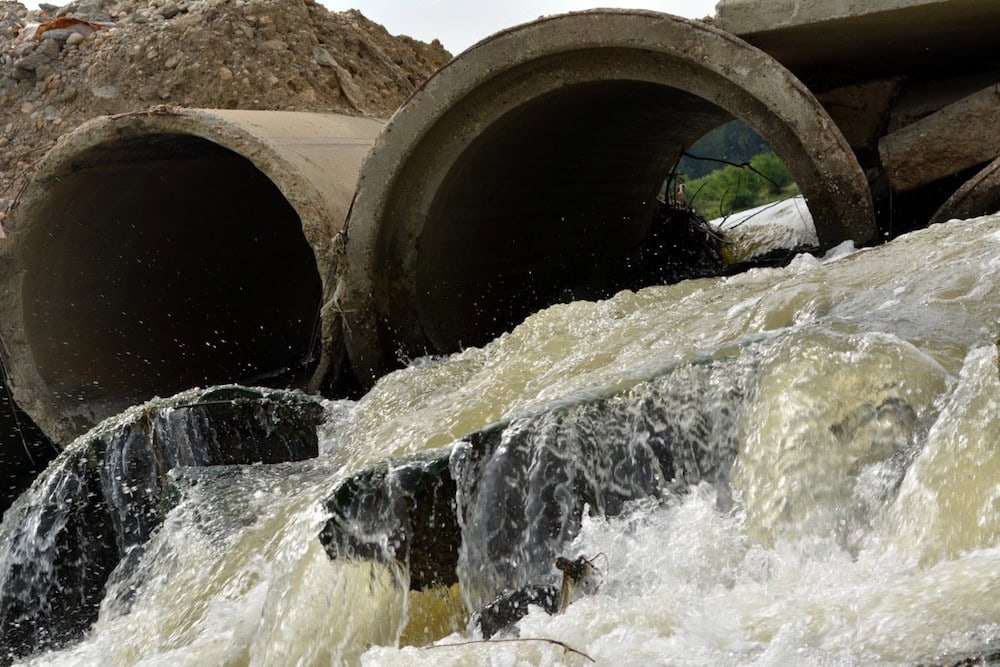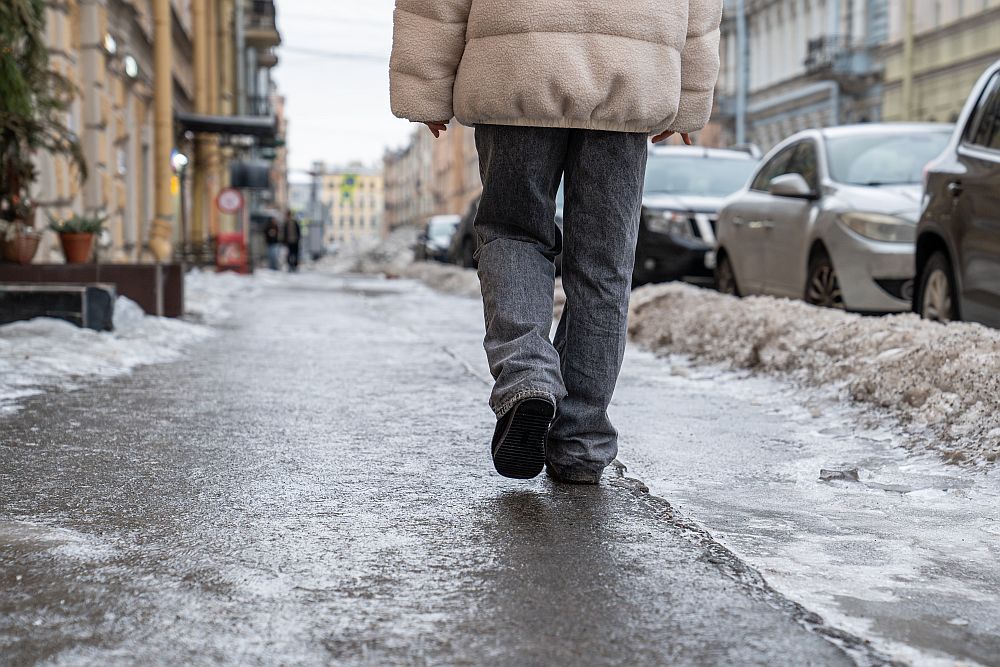
[Image above] Weak concrete and heavy trucks are two factors that contribute greatly to failure of concrete sewer pipes. Credit: PxHere
The last few weeks I found myself thinking quite a bit about water. Specifically, I thought about the issue of contamination in our water systems.
I am privileged to live in a place with good filtration systems, yet for many cities and counties in the United States, water contamination is a big problem. And in recent CTTs, I looked at research that explores how to improve water treatment techniques that target specific contaminates, such as PFAS and antibiotic resistant bacteria.
But contamination is not the only problem facing our water system.
“There is a vast array of pipes underground that is working every day and if there is disruption—leakage or collapsing in a pipe, for example—not only will there be discomfort for the residents, but also economic, health and environmental consequences,” says Abdollah Shafieezadeh, associate professor of civil, environmental, and geodetic engineering at The Ohio State University, in an OSU press release.
Yet despite the critical nature of drinking water and wastewater systems, these systems are poorly neglected in federal funding. An assessment by the American Society of Civil Engineers in 2017 rated the overall condition of U.S. drinking water and wastewater systems at D and D+, respectively.
The assessment estimated nearly $150 billion would be needed to fix and maintain these systems—yet only $45 billion is designated for this purpose. And as systems begin to age and the population continues to grow, the gap between needed funding and available funding will continue to widen as well.
Funding, unfortunately, is not a problem that researchers can solve. However, understanding how systems age and why systems fail are questions they can address. And the answers to these questions will help the people who do decide funding better understand the urgency of the situation.
Finding answers to these questions is not always easy. Many factors, including material properties, geometry, and loading, affect the behavior of water infrastructure, and each factor comes with different levels of significance and uncertainties. So determining which factors play the biggest role in failure can be difficult.
“To address the high computational demands [involved with calculating so many factors], past studies chose a selected number of variables related to deterioration, material, geometry, and loading properties to estimate the probability of failure of pipes,” researchers write in a recent paper. “However, the selected variables may not include all significant variables. This subsequently leads to treatment of influential variables as deterministic, which negatively affects results of reliability analysis by disregarding the corresponding uncertainties.”
The OSU researchers include Shafieezadeh, graduate research associate Soroush Zamanian, and assistant professor of practice Jieun Hur. And in their paper, they looked to develop a more encompassing model to account for the numerous factors and uncertainties that affect behavior of sewer pipes.
They approached the challenge by developing what is called a surrogate model. This engineering method is used when an outcome of interest cannot be easily directly measured, so a model of the outcome is used instead.
They based their surrogate model on Bayesian additive regression trees, a regression method that supports uncertainty quantification. It allowed them to evaluate the stress to sewer pipes by each variable individually and in combination.
After conducting several statistical analyses using the Ohio Supercomputer Center, the researchers identified several factors that appear to most influence formation of cracks that threaten structural integrity.
- Material properties of the concrete pipes, including tensile strength, compressive strength, and elastic modulus coefficient.
- Variables associated with trucks driving on the road above the pipes, including wheel load and number of trucks.
- Properties of the soil, including backfill density and bedding elastic modulus.
The researchers note they focused on performance of pristine buried concrete sewer pipes and did not consider impacts of degradation over time. “However, the importance of corrosion for the serviceability and structural integrity of these structures over their service life warrants comprehensive sensitivity analyses for deteriorated sewer pipes in future investigations,” they write.
They add that other pipe configurations and more details on different soil types should be investigated as well.
In the press release, Shafieezadeh emphasizes the findings are useful for water systems beyond the U.S.
“[Degrading water infrastructure] is a worldwide problem, and part of the issue is that, for many cities around the world, these sewer systems have been installed long ago, and the challenge now is to maintain these old systems,” he says.
The paper, published in Structure and Infrastructure Engineering, is “Significant variables for leakage and collapse of buried concrete sewer pipes: a global sensitivity analysis via Bayesian additive regression trees and Sobol’ indices” (DOI: 10.1080/15732479.2020.1762674).
Author
Lisa McDonald
CTT Categories
- Cement
- Construction


